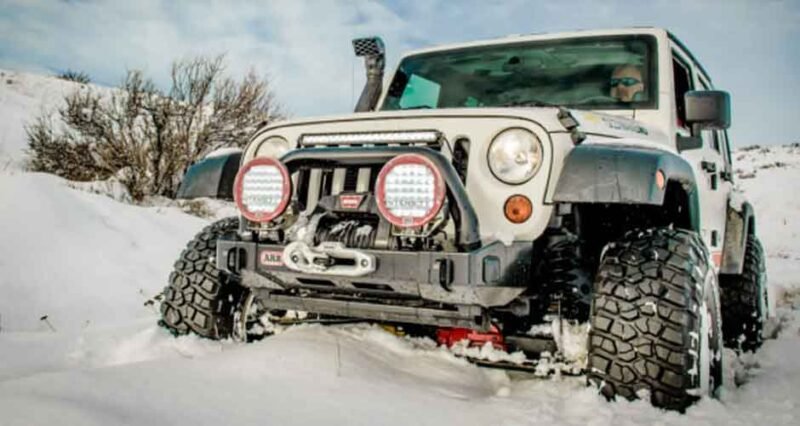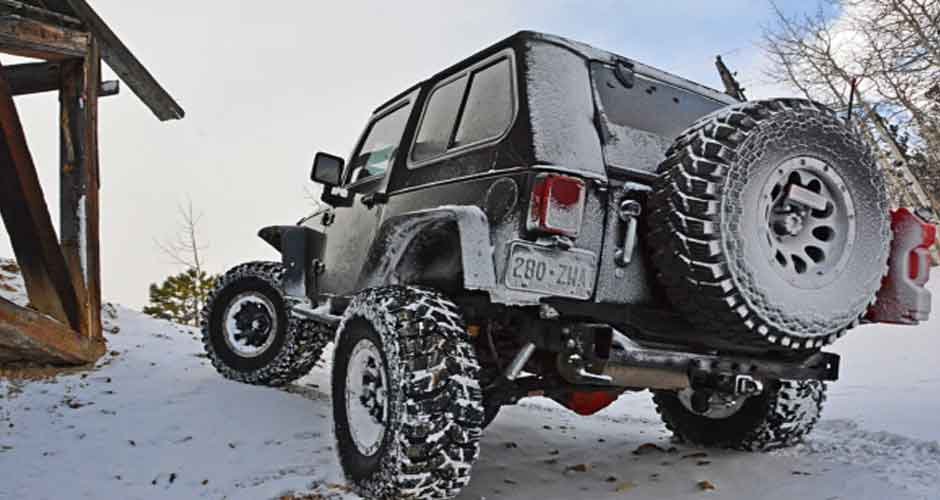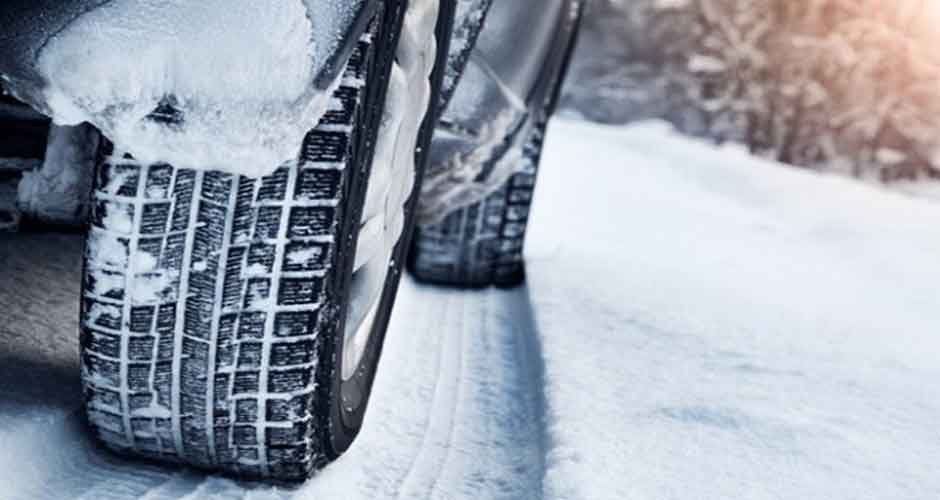
For those who appreciate the challenge of overcoming troublesome territories inside the chilly grasp of nature, off-roading in winter offers a intriguing travel. To ensure security and delight, this action needs fastidious arranging and deft execution.
These top five tips for off-roading in winter will act as a compass to help you navigate the icy paths and make lifelong experiences, whether you’re an experienced off-roader or a beginner keen to explore the winter environment.
What Are The 5 Tips For Off-Roading In Winter
Ensure You Have the Appropriate Equipment
The right gear for the terrain and your goal is essential while preparing for any off-road excursion. But a few necessities are more important when traveling over icy terrain. First and foremost, you must have a shovel with you.
Your progress might be hampered if you suddenly need to clear snow from around your car or its tires. A winch is also useful since it may free your car from a jam without the help of another, reducing the chance of another car being stuck. On icy terrain, using a winch for recovery is typically safer.
Select the Proper Tires
Owning a four-wheel-drive car does not automatically make driving in the snow safe or simple. No matter how much snow there is, regular highway or passenger car tires are useless on snowy paths. At the absolute least, you need all-terrain tires to drive in snow road.
Tires designed for mud and mixed terrain are suggested for even better performance in snow. The bigger spaces between the tread lugs on these tires improve traction. Due to its correct siping, which adds extra grip on snow and ice, the Nitto Exo Grappler is especially well-suited for winter weather.
Interpret Snow Conditions

Consider the driving environment for off-road cars (Link)
Understanding the driving environment and preparing for your vehicle’s response is necessary to interpret the snow covering the ground. It’s possible that previous cars’ tires left tracks or depressions in the snow after they traveled through a snow-covered route.
While keeping your tires in these tracks may seem advantageous, driving in recently fallen snow is less difficult.
Tires compress and melt the snow layer under them when they roll over the snow, which then refreezes into ice. If you have trouble on some parts of the path, consider setting your tires on virgin snow, as these grooves frequently become slick and ice.
Compared to these frozen tracks, fresh snow compacts beneath your tires and provides more grip, usually enhancing your traction. Snow may change the difficulty of different pathways; some become more challenging while others become easier as hazards are hidden. Your chances of successfully traversing the path increase greatly if you plan your route well and know the terrain you’re driving on.
Employ Traction Assistance
Sometimes, more than having the right tires and four-wheel drive may be needed to climb a slippery slope or go around an impediment. Activate the front or rear locker mechanisms if your car has them. Maintaining your forward momentum may be made easier by allowing all four tires to rotate equally.
Activating the lockers before becoming immobilized is essential to lessen the amount to which your car becomes confined. Additionally, if your car has snow-specific terrain modes, using them will allow your suspension and powertrain to be adjusted so that you can maintain a safe and steady motion.
Modify Your Driving Approach

Try to modify your driving approach (Link)
Finally, you’ll need to change a few aspects of your driving style. Speeding about and sliding in the mud can be fun, but doing the same in the snow might be disastrous. Here are some suggestions for altering your driving style to protect your safety while driving in the snow.
- Maintain a steady forward motion: Being on an incline will cause you to become stuck if you slow down or stop entirely. Make careful to stop on level ground or descent if you must.
- Keep a safe distance behind: Your brakes won’t work as well as they do in dry conditions. Keep plenty of room in front of you to avoid hitting the car in front of you in the back. If you apply the brakes too quickly, your car may slip, and you risk colliding with the car in front of you.
- Put control first: While spinning and drifting may be amusing in sand or mud, they may rapidly result in losing control and falling off the edge of a mountain route covered in snow. Enjoy off-roading, but keep in mind that maintaining the trails and ensuring your own and other people’s safety come first are both crucial. Save the reckless driving until a day when it’s dry.
FAQs
What is the best 4×4 setting for ice?
Your 4×4 vehicle’s 4H (4 High) setting is often advised for driving in snowy conditions. All four wheels are powered in this mode, which improves grip in icy conditions.
Do you use off-road in the snow?
In icy circumstances, using off-road settings might be advantageous since they often activate the 4×4 system, spreading power to all wheels and improving traction. The exact off-road settings, however, might vary based on the type of vehicle. For instructions, go to your owner’s handbook.
Are off-road tires good for winter?
Off-road tires frequently have deeper treads, which can provide better traction in the snow and make them more suitable for icy road conditions.
On the other hand, dedicated winter tires provide better performance and safety in winter driving situations since they are made for cold temperatures and icy/snowy roads.
Does 4×4 help in snow?
A 4×4 system may be useful in the snow. All four wheels are activated, increasing stability and traction and simplifying driving in icy and snowy situations. However, remember that while 4×4 might improve traction, it doesn’t always result in better braking in slippery conditions.
Is 4H or 4L better for ice?
It is often advised to drive on ice in 4H (4 High) mode rather than 4L (4 Low). By activating all four wheels instead of just two, 4H improves traction and is intended for off-road conditions with difficult terrain. In slippery conditions, 4L could be excessively forceful and cause wheel spin or loss of control.
Conclusion
The top five tips for off-roading in winter serve as vital guidance as the snow-covered landscapes beckon, enabling you to go on a tour that skillfully balances fun and caution. Travelers may take within the captivating excellence of winter whereas ensuring themselves and the environment by prioritizing vehicle readiness, adjusting driving hones, regarding nature, and arranging for emergencies.

